The NL50 is a benchtop one-touch nanoparticle deposition system suitable for any laboratory studying the applications of nanoparticles. In this blog post, we explore platinum nanoparticles deposited in the NL50 for catalysis research.
Platinum finds uses in a wide range of applications including electronics, drug delivery, medical implants, automotive catalytic converters, and fuel cells. The high density and durability are important for many of these applications, but it is the inherent stability and resistance to corrosion that makes platinum so attractive for use as a catalyst in fuel cells and electrochemical cells. Due to the high cost and rarity of platinum, manufacturers and researchers are always looking for ways to enhance catalytic performance and also reduce material usage. Platinum nanoparticles offer both reduced material costs and enhanced performance, with up to 1000x increase in active surface area, so are of great interest to researchers working in these fields.
The NL50 nanoparticle deposition system uses terminated gas condensation to generate nanoparticles in vacuum and is ideally suited to heavy metals like Platinum. As no chemicals are used in the process the nanoparticles are also ultra-pure and free of the hydrocarbons and ligands often associated with chemical synthesis. In this Tech Note, we explore the properties of platinum nanoparticles generated in the NL50 and discuss their suitability for catalyst research.
Experimental Conditions
Platinum (Pt) nanoparticles with different sizes and loadings were generated in the NL50, by varying the process parameter of gas flow, and magnetron power. Table 1 lists the parameters chosen for three different sets of samples and Figure 1 shows the size distribution measured for each set of conditions. The Pt nanoparticles were deposited onto graphene-coated lacey carbon TEM grids (from Agar Scientific).
| Sample | Argon Pressure (Sccm) | Current (mA) | Voltage (V) | Power (W) | Nanoparticle Loading (ng/cm2) |
| Set A | 10 | 100 | 426 | 42.6 | 0.3 |
| Set B | 10 | 100 | 426 | 42.6 | 0.6 |
| Set C | 40 | 100 | 388 | 38.8 | 1.5 |
| Table 1: NL50 deposition conditions for Pt nanoparticles. | |||||
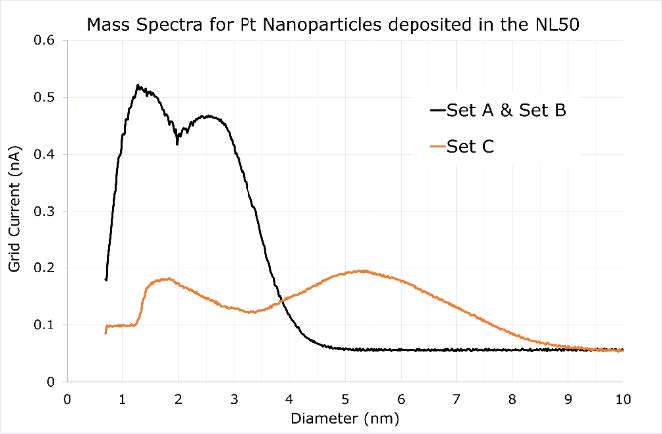
Figure 1: Size distribution of Pt nanoparticles generated with different conditions in the NL50.
The TEM samples were examined using a JEOL ARM200F instrument using scanning mode and images were acquired using 4 detectors:
- Bright Field (BF) detector, which shows the straight through beam and contains both Bragg scattered and inelastically scattered electrons.
- High angle annular dark-field (HAADF) detector, which is an annular detector that detects atomic number and density contrast.
- Medium angle annular dark field (MAADF) detector, which detects crystalline order variations and is useful for imaging crystal domains
- Secondary/backscattered electron (BSE) detector, which shows on the surface and is useful for seeing contrast and layers on the surface of the nanoparticles
Results
Figure 2 shows a TEM image of Set A and Set B Pt nanoparticles using the bright field detector. The Pt nanoparticles are uniformly distributed, monodisperse, and show no signs of clumping that is often associated with chemical synthesis. Set B was prepared with twice the nanoparticle loading as Set A and the TEM images show an increase in coverage for Set B without any clumping.
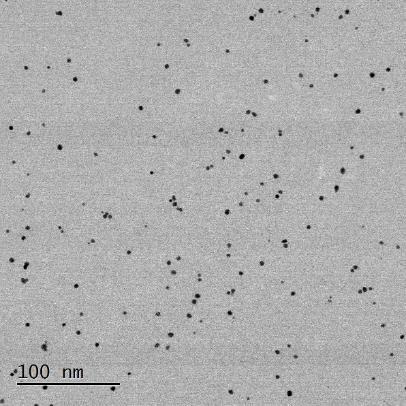 |
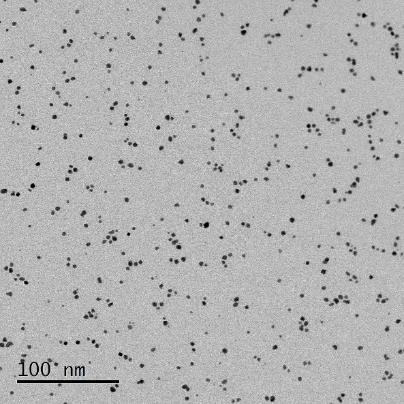 |
| Set A | Set B |
| Figure 2 Bright Field image of set A (left) and Set B(right) Pt nanoparticles | |
Figure 3 shows TEM images of set A nanoparticles taken using three different detectors. The Bright Field (BF) image shows the nanoparticles are spherical and crystalline. The HAADF image shows the high contrast expected for the high-density Pt atoms. The backscattered electron (BSE) image shows the surface of the nanoparticles, where the crystalline structure of the nanoparticles is clearly visible, indicating that the surface is clean and free of contamination, such as sulphur.
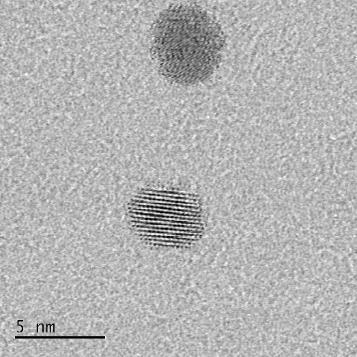 |
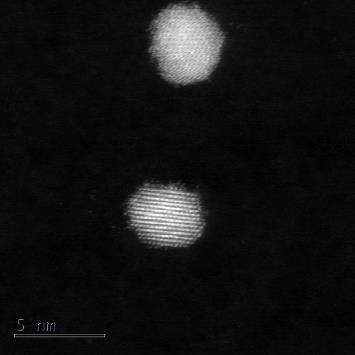 |
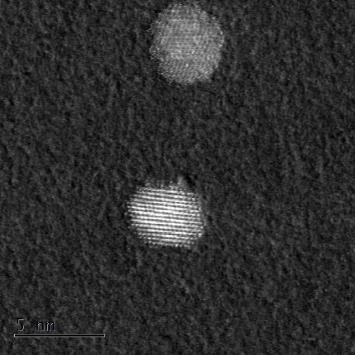 |
| BF | HAADF | BSE |
| Figure 3: TEM images of Set A nanoparticles using Bright Field detector (left) HAADF detector (centre) and Back Scatter Electron dector (right). | ||
Figure 4 shows an averaged HAADF image of a set C Pt nanoparticle which has been formed by the coalescence of two smaller nanoparticles in flight. The image clearly shows the grain boundary and the distinct crystal planes of each original nanoparticle.
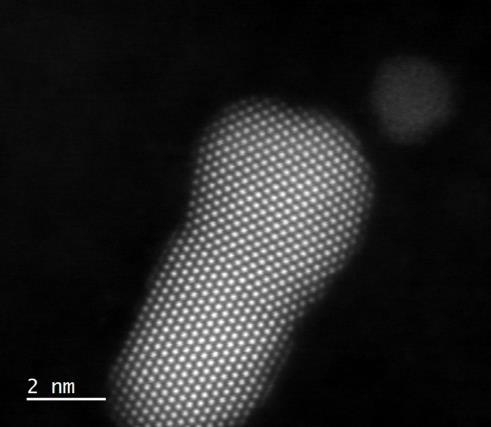
Figure 4 Averaged HAADF image of Set C Pt nanoparticle
Conclusion
The TEM study of Platinum nanoparticles generated in the NL50 shows that the nanoparticles are crystalline and free of contamination. The nanoparticles are also uniform in size and distribution and are non-clumping. The NL50 enables good control over nanoparticle coverage for nanoparticles from a few nanometers in size. These properties are ideal for platinum catalysts where small ultra-pure nanoparticles can yield high catalytic activity at a reduced material loading.


